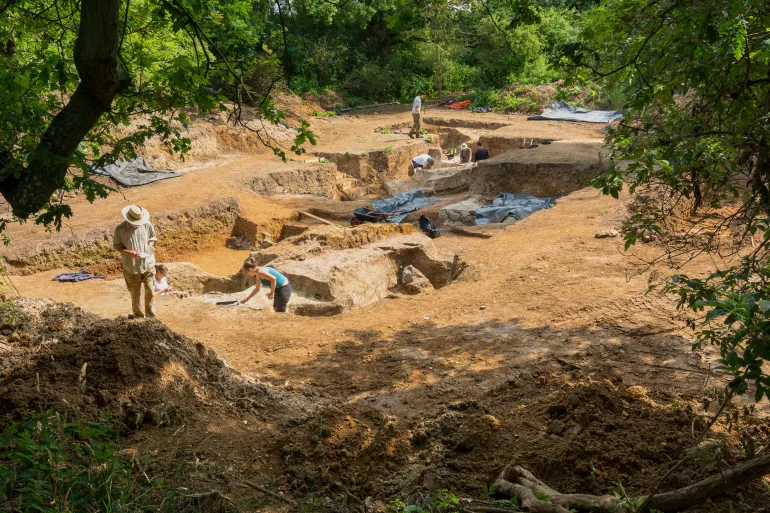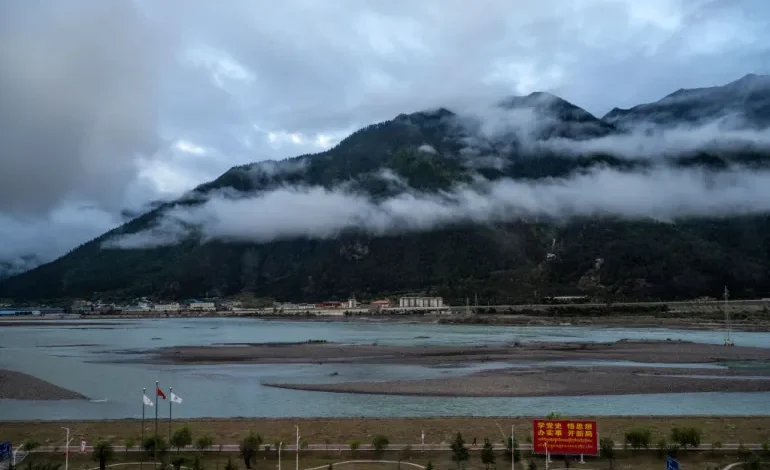China has started building a massive new hydropower project in Tibet that could become the largest of its kind in the world, and it’s already stirring concern in India and beyond.
The dam, set along the Yarlung Zangbo River (referred to as the Brahmaputra once it flows into India), will include five separate power stations. Upon the end of construction, it’s mulled to produce a large amount of electricity, most of which will be directed to other China’s regions, even though some will power local communities in Tibet.
China’s Premier Li Qiang visited for the formal groundbreaking over the weekend, as per the state media outlet Xinhua. The initiative has a price tag of 1.2 trillion yuan (around $167 billion), and Beijing is connecting it directly to its carbon-neutrality goals and economic development regional projects.
But not everyone is thrilled: India, which shares the river system, has expressed concerns regarding the potential effect downstream. In January, the country’s Ministry of External Affairs said it had discussed the issue with Beijing and would observe the construction to protect its water interests.
China, for its part, maintains the dam won’t harm anyone downstream and says it plans to keep lines of communication open with neighbouring nations.
Still, the project is likely to escalate the ongoing tensions. China has been building dams across Tibet for years, leading to protests from Tibetans and environmentalists who warn of irreversible damage to delicate ecosystems.
Tibetian rivers, including the Yarlung Zangbo, supply water to over a billion people across Asia. The river is also sacred to Tibetans and ranks as the highest major river in the world, reaching elevations of up to 5,000 meters (16,400 feet).
With input from Al Jazeera









The latest news in your social feeds
Subscribe to our social media platforms to stay tuned